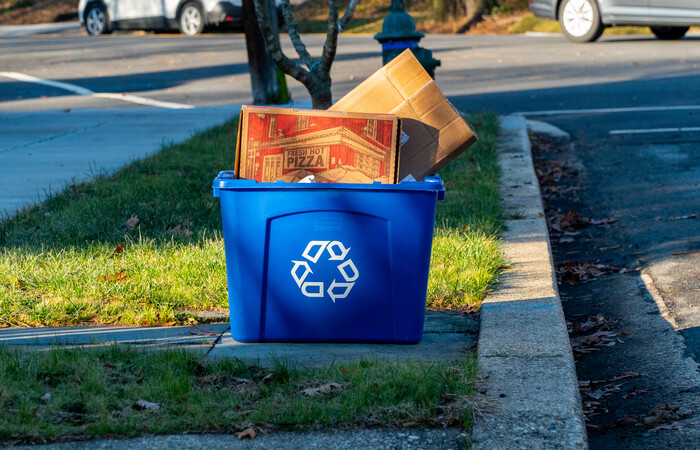Paper is one of the most widely recycled materials in America. Paper recycling rates in the U.S. have consistently increased in recent decades.
The paper industry recycles nearly 60% more paper today than it did in 1990, when the industry set its first recycling rate goal.
Our industry’s success in paper recycling is because our systems are voluntary and market-driven. And because of the industry’s investments and the support of the millions who recycle every day.
The paper industry is working to capture even more paper from the waste stream for recycling. During 2019-2025, our industry invested in projects at paper mills that will use over 4.5 million additional tons of recycled paper.
Companies built new mills, upgraded old ones, and modernized equipment. It’s a nationwide investment in using more recycled paper, creating jobs, and innovating manufacturing.
Extended producer responsibility (EPR) programs that shift the burden of recycling paper products to manufacturers are unnecessary.
The success of our industry-led paper recycling initiative, consistently high recycling rates and the industry’s ongoing efforts to promote voluntary recycling show EPR is not the right approach for paper.
What We're Doing
AF&PA works to promote and ensure people have access to essential paper and wood products that meet their everyday needs.
We support education on recycling best practices as one of the best ways to increase the quantity and improve the quality of paper in the recycling stream.
We’re working with policymakers to set standards for success and focus on problem-solving. And we support policies that consider market-driven, industry-led recycling solutions.

